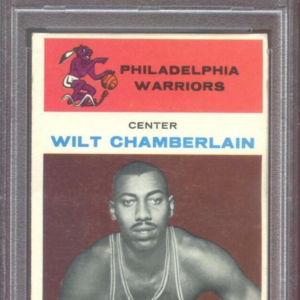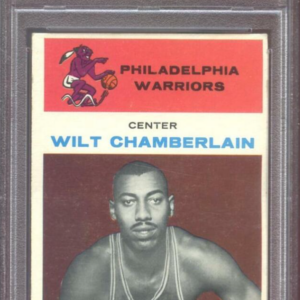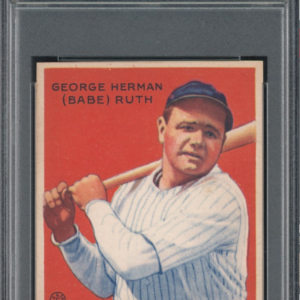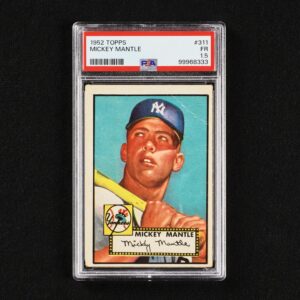In the world of sports memorabilia collecting, a thrilling discovery has recently emerged, shedding new light on the captivating history of early baseball cards. In an unexpected turn of events, a trove of 39 cards from the elusive 1921 Herpolsheimer set has been found tucked away in a Band-Aid box, unveiling nine cards that were previously unknown to collectors. After being hidden for almost a century, these cards have now been unveiled in Love of the Game Auctions’ ongoing event.
The 1921 Herpolsheimer cards are widely regarded as some of the rarest in the world of baseball card collecting. Prior to this find, only 105 cards from this set had been authenticated and graded across both PSA and SGC population reports. This newly discovered collection not only expands the known universe of these cards but also introduces new faces and players to the hobby’s enthusiasts.
Al Crisafulli, the auction director at Love of the Game, couldn’t contain his excitement. “I’ve been captivated by these for years,” he shared, expressing the sentiment of serious collectors who understand the rarity and historical significance of the Herpolsheimer issue.
The story of this find is as fascinating as the cards themselves. In 2019, the cards were discovered at an estate sale near Grand Rapids, Michigan, inside a Band-Aid box—a simple container that concealed a small fortune in paper treasures. After maintaining contact with the card owner for four years, Crisafulli finally secured these astonishing gems for auction. Each card has been graded by PSA and will be individually auctioned.
Within this extraordinary collection is a card of Babe Ruth, only the second of its kind known to exist. Given the scarcity and legendary status of the Great Bambino, this card alone is expected to command a significant price at auction. Other Hall of Famers such as Tris Speaker, Grover Cleveland Alexander, Rabbit Maranville, John McGraw, Red Faber, Sam Rice, and additional players grace this newfound collection, further enhancing its value and significance.
Both the fronts and backs of these cards are intriguing. The backs showcase advertisements for the Grand Rapids retail store’s Boy’s Fashion Shop. The discovery of additional cards not listed in the original checklist—Dave Bancroft, Johnny Evers, Harry Hooper, Stuffy McInnis, Art Nehf, Wally Schang, George Sisler, Casey Stengel, and Fred Toney—suggests that the set may be larger than previously believed, potentially comprising 78 or 79 cards instead of the previously assumed 69 or 70.
Crisafulli’s first encounter with these cards occurred in 2019 when the owner discreetly inquired about them on the Net54 sports card forum. The post sparked the curiosity of forum members and Crisafulli alike, leading to ongoing communication until the auction consignment was finally secured.
The story of the Herpolsheimer Company, the issuer of these cards, is just as fascinating as the cards themselves. Founded in 1870 as a dry goods store by William Godlove Herpolsheimer and Charles G.A. Voigt, it quickly became a significant presence not only in Grand Rapids but also in the wider region. Henry Herpolsheimer took charge after them, followed by his son Arthur, who oversaw the company’s expansion into furniture sales through a merger. Sadly, Arthur’s life was tragically cut short, adding a somber note to the family’s history.
The store’s legacy also intersects with national history through Betty Bloomer, who later became the First Lady as the wife of President Gerald R. Ford. In 1942, she worked at the store as a fashion coordinator, leaving a lasting impact on both local and national levels.
The discovery of this second batch of Herpolsheimer cards reshapes the narrative surrounding their distribution and significance, indicating a wider release than previously believed. It paints a picture of a department store that cleverly utilized the allure of baseball’s most celebrated figures to cater to its clientele.
The Band-Aid box that housed these cards—a 1930s metal relic—holds a poignant reminder of the journey these cards have undergone, transforming from a promotional tool at a local store to treasured historical artifacts in the world of collectibles.
As the auction date draws near, these cards are poised to captivate the collecting community, offering a rare glimpse into the early days of baseball card collecting. Each card tells a unique story, bearing faint pencil markings and signs of wear from years of handling. Soon, collectors will have the opportunity to become the new custodians of these pieces of baseball history, continuing their compelling narratives for generations to come.






